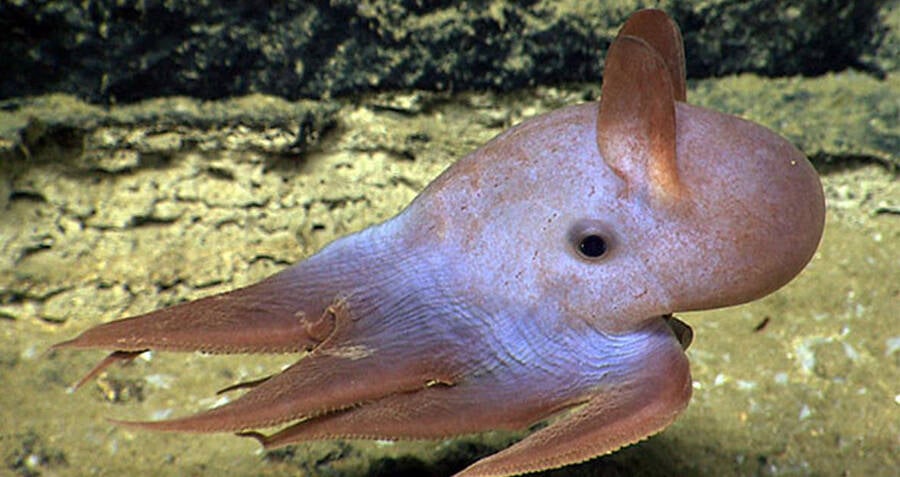
In the end, only the tough outer shell of its prey remains. Then it will use its beak to pick off meat while its prey remains helplessly paralyzed. It’s primarily used when hunting: the octopus captures crabs, shrimp and small fish by pecking through its prey’s exoskeleton with its beak and inserting the venom. The venom is produced by symbiotic bacteria in the animal’s salivary glands and is more toxic than that of any land mammals. It’s no surprise that it’s recognized as one of the most dangerous animals in the ocean.īlue-ringed octopuses produce a potent neurotoxin called tetrodotoxin, a potentially-deadly substance also found in pufferfish. Its venom is 1,000 times more powerful than cyanide, and this golf-ball sized powerhouse packs enough venom to kill 26 humans within minutes. If you catch them outside of their cozy hiding spots, it’s easy to see how the animal gets its name: when threatened, bright blue rings appear all over its body as a warning signal to potential predators.Īlthough all octopuses (as well as cuttlefish and some squid) are venomous, the blue-ringed octopus is in a league of its own.

When not seeking food or a mate, blue-ringed octopuses often hide in crevices, shells or marine debris. Native to the Pacific Ocean, the blue-ringed octopus can be found in the soft, sandy bottom of shallow tide pools and coral reefs. But don’t let its cuddly exterior fool you: this tiny octopus can kill you.

Its psychedelic coloring and pint-sized packaging make it seem more adorable than alarming. At first glance, the blue-ringed octopus looks perfectly innocuous.


 0 kommentar(er)
0 kommentar(er)
